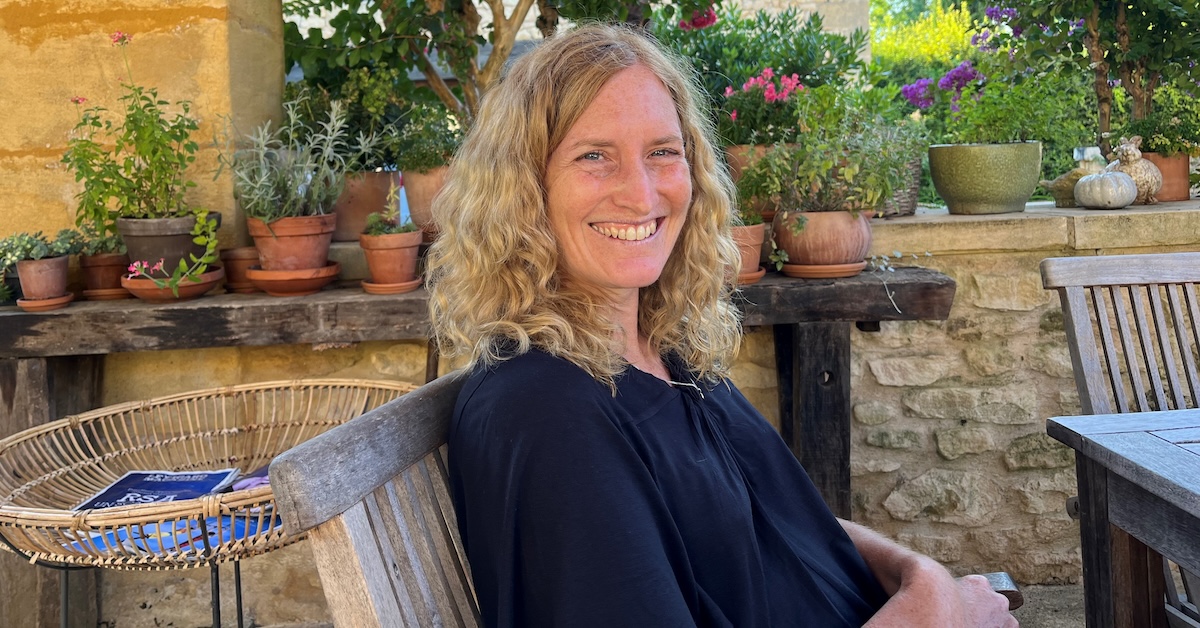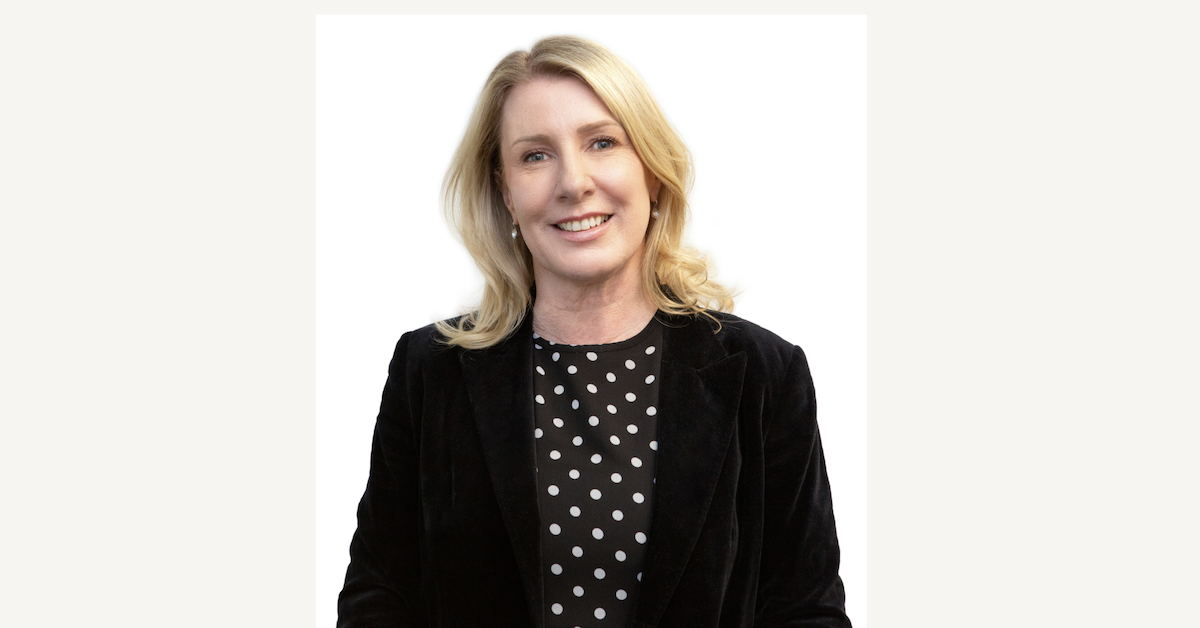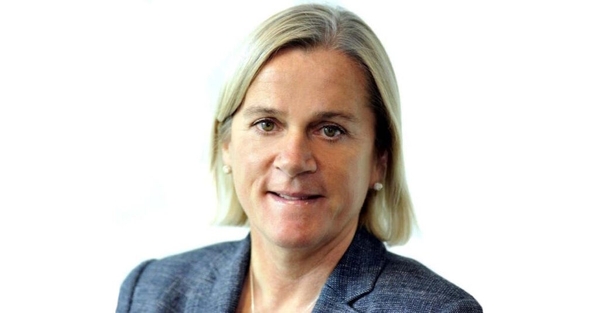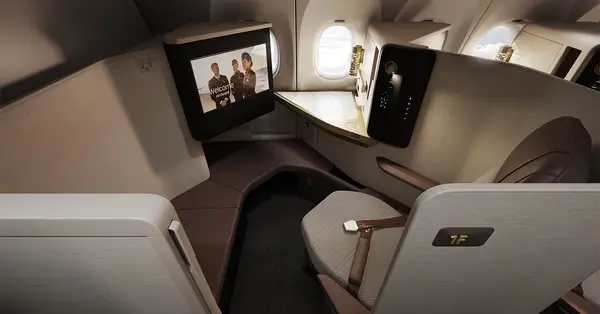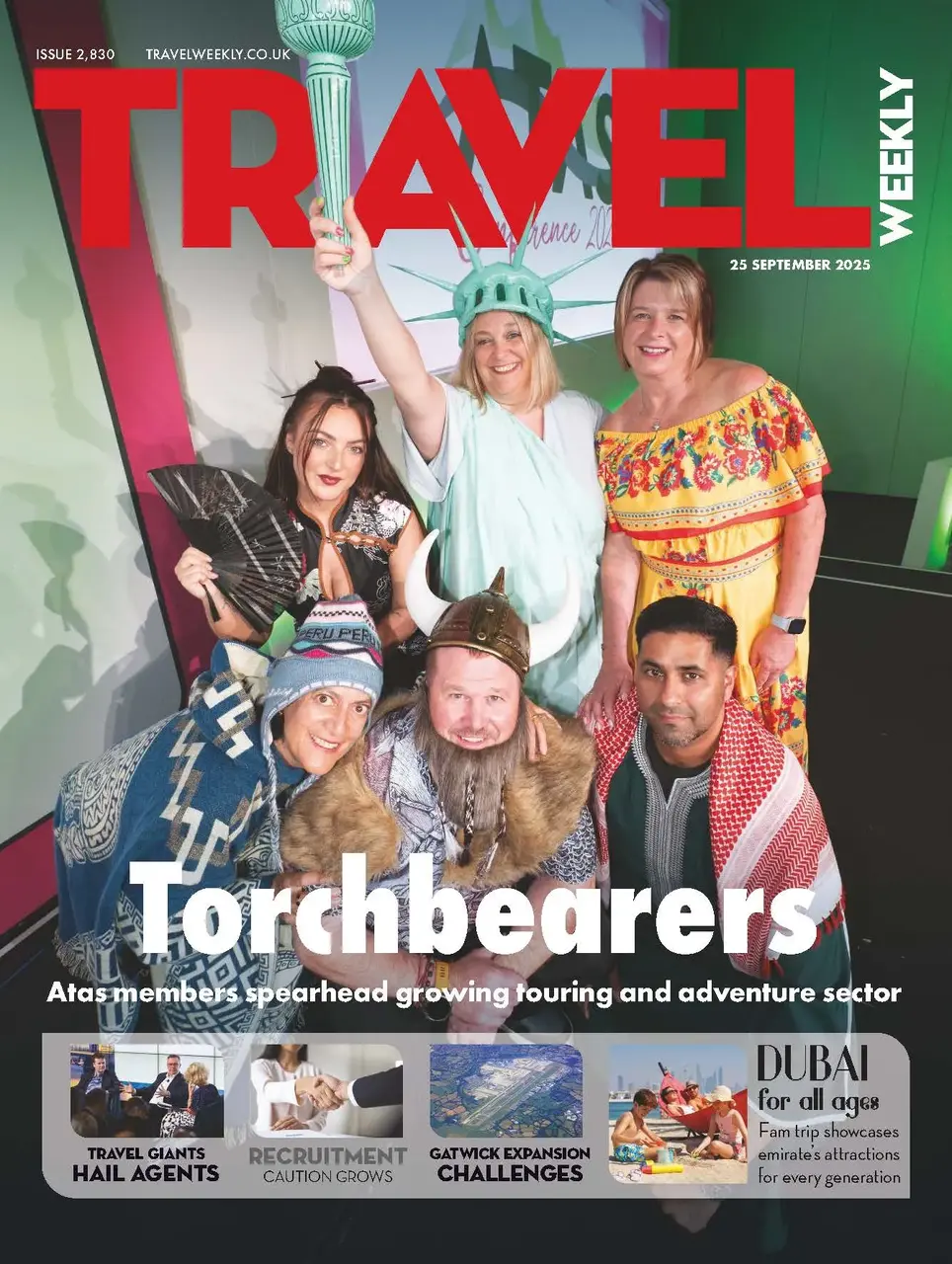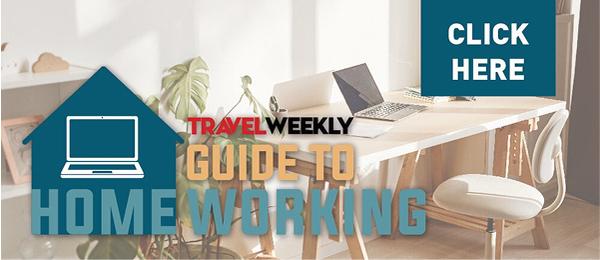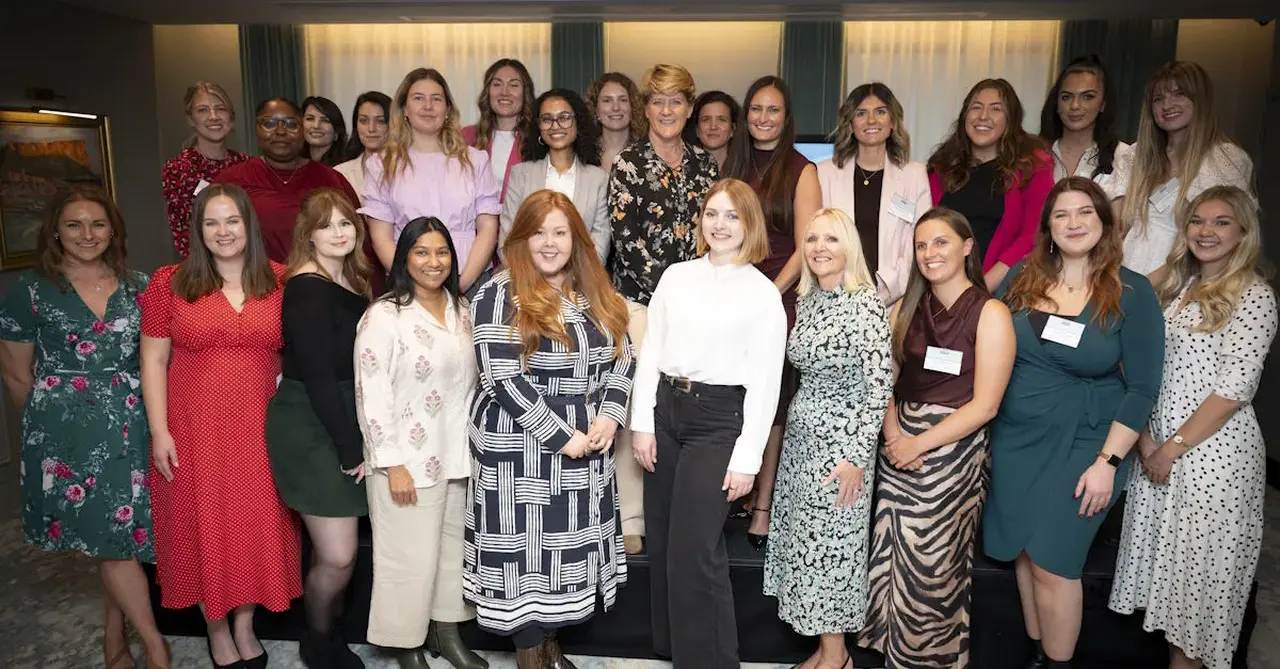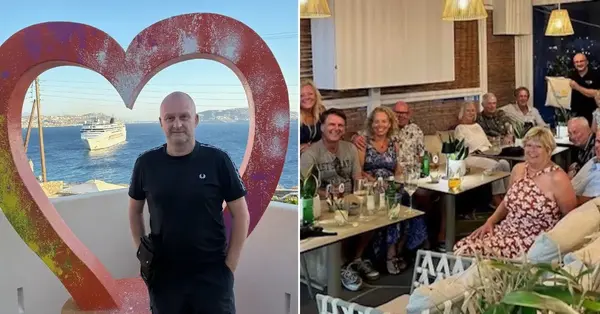You are viewing 2 of your 2 free articles
Tried and TESTED: Video lateral flow Covid test for the US
Agents must plan well in advance to ensure customers are ready for the new US travel testing regime – and a lot of emails, says Ben Ireland
It’s long been accepted that getting into the US has been a bit stricter than elsewhere. Fingerprints at the borders and questions about where you’re going, what you’re doing and who you’re staying with are par for the course.
So it was no real surprise when the US implemented a stricter means of testing for Covid when it reopens its borders to international tourists on November 8.
To get through US Customs and Border Protection, you must have taken a Covid-19 lateral flow antigen test – the same one required to enter the UK now. But the difference is, if you take your test at home, you have to have someone watch you do it – on video over the internet.
This is to “confirm the person’s identity, observe the specimen collection and testing procedures, confirm the test result and issue a report” the US Center for Disease Control and Prevention (CDC) stipulates.
You must also have proof of your World Health Organization-approved full vaccination status; complete a US travel attestation form, which is basically a simpler version of the UK’s Passenger Locator Form (PLF); and have a valid Esta, of course.
As I was boarding one of the first flights to the States since the international travel rules were relaxed, I felt like a guinea pig of sorts and that the process itself was still being ironed out.
I used a Project Screen by Prenetics test as the firm is a partner of Virgin Atlantic, who I was flying with. It arrived as scheduled via courier.
But while the test was provided by Project Screen, the ‘telehealth provider’ was a different company: Azova, based in the US. This means you have to create two accounts, one with Prenetics and one with Azova, which seemed an additional faff – not least when the Azova site doesn’t recognise UK post codes (turns out you can just leave it blank).
About nine automatic confirmatory emails later I had an appointment booked with Azova using a voucher code from Prenetics. There was so much information to digest on the various emails it was hard to see the wood for the trees, but my appointment was within three days of my flight so I felt happy enough.
However, when I logged in to take my test I found a message in the Azova chat function asking if I’d meant to book a PCR observation or a lateral flow. Silly old me, I’d booked the wrong one from the sea of options.
I logged in anyway, thinking it shouldn’t be a problem for them to watch me do a different type of test – but the voice (she didn’t have her video screen activated, which felt slightly Orwellian) told me I had to rebook. Staff must not be trained for both.
Fair enough, my mistake. But, when I went to rebook, the voucher code had expired and I had to call Prenetics who emailed me another. Suppose my lesson is take your time and make sure you don’t book the wrong type of appointment.
That said, you are up against the clock. The test itself was fine, and while it’s a little weird having an enthusiastic American talking you through something most of us have been doing regularly for months now, she was very helpful and nice – and this time had her video on.
But once the tests are complete – including sneezing live on camera, for me – you have to submit your result, photo and all. This must be no less than 15 minutes after your test but no more than 30 – and of course they know exactly when it was taken because they watched you.
That window ended up being tight for me because I logged in on my phone to take the photo. Of course, I didn’t know my randomly-generated password saved on my laptop. Another six or seven emails later I’d reset that. Then I had to sift through all those emails (16 now?) to find a booking reference number, which happens to be the same thing as the Passenger Locator Number (PLN) – which is not to be confused with the UK’s PLF.
Clock ticking, I managed to take a picture and get it over just in time. An hour or so later I had my result. After a slight panic when another email said the result was ‘not-detected’, it was confirmed to me over the phone that this meant my result was negative and it was Covid that was not detected. Phew.
So the process was, in the end, fine for me. But it must be said that I’m one of those Millennials; that being someone of a generation ‘native’ to technology, even if I’m not what you’d call an early adopter.
Knowing people for whom technology does not come natural makes me think the process would be a little much for them – and another barrier to them booking to the US for the foreseeable. Teething issues may be multiplied when you have children involved, too.
Airlines have been calling for an end to testing altogether for those fully-vaccinated against Covid. They want alignment with countries that don’t impose such rules. Maybe they’re sick of automatic confirmatory emails too?


